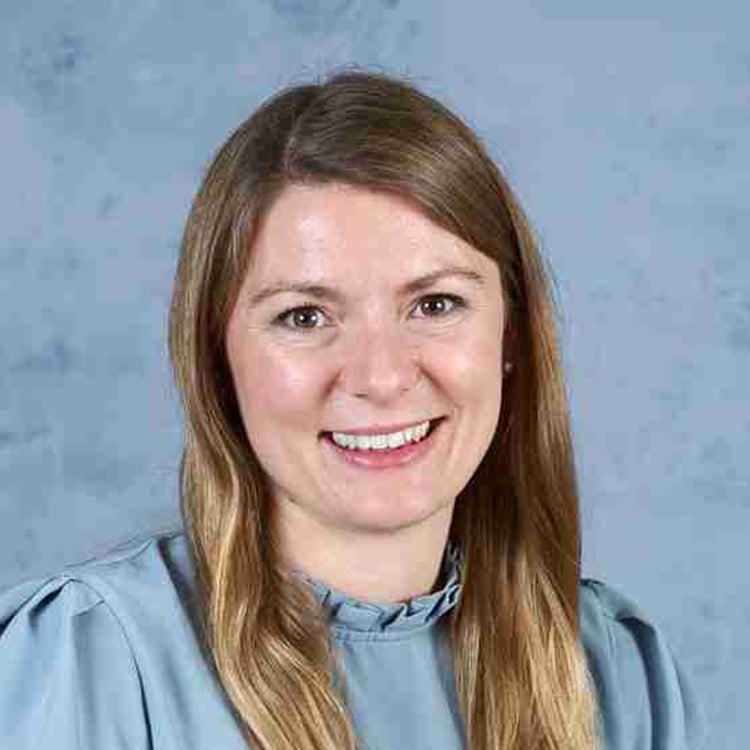Search
Research
Progressive ventilation inhomogeneity in infants with cystic fibrosis after pulmonary infectionThis study aimed to determine how pulmonary inflammation & infection impacts on ventilation distribution throughout early life in people with cystic fibrosis.
Research
Influence of gestational age on dead space and alveolar ventilation in preterm infants ventilated with volume guaranteeVentilated preterm infant lungs are vulnerable to overdistension and underinflation.
Research
Reduced forced vital capacity in Aboriginal Australians: Biology or missing evidence?This editorial article addresses chronic obstructive pulmonary disease and lung function testing in Aboriginal Australians.
Research
Respiratory impedance in healthy unsedated South African infants: Effects of maternal smokingNon-invasive techniques for measuring lung mechanics in infants are needed for a better understanding of lung growth and function...
Research
Interpretation of lung function in infants and young children with cystic fibrosisThis paper is a review of lung function tests best suited to use for early detection of lung disease in Cystic Fibrosis.

Research
The next generation of impact in cystic fibrosisLung damage in children with CF occurs much earlier than previously thought, and proving this is related to the decline that occurs later will create new paradigms for prevention and treatment.
Research
Rationale, design and methods for the 22 year follow-up of the Western Australian Pregnancy Cohort (Raine) StudyYoung adulthood is a critical life period for health and health behaviours.
Research
Early respiratory infection is associated with reduced spirometry in children with cystic fibrosisWe hypothesized that the presence of these markers of cystic fibrosis lung disease in the first 2 years of life would be associated with reduced lung...
Research
Smoking during pregnancy, vitamin C supplementation, and infant respiratory healthThis article discusses the merits and potential shortcomings of a study reported previously showing that giving Vitamin C to women who smoked during...
